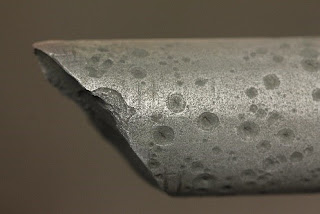Using Artificial Lifts to Optimize Your Production
When it comes to
artificial lift
pump
operations, operators have two priorities. One, they want to increase their
production. Two, they want to bring down the costs of doing so. In order to
achieve both, there is a need to implement proper planning as a way of avoiding
poor performance.
Dealing with mature
fields will often be met with challenges related to field productivity, and the
artificial lift is a method that can be implemented to establish full recovery
for fields or wells. Because there are many types of artificial lift systems,
it is important to choose the best method for the job.
The different types of
artificial lift systems can be separated into two categories: pump-assisted
process and gas-assisted process. Positive displacement pumps (or PDPs) under
the pump-assisted process include carbon
fiber rod pumps, progressive cavity pumps and others have
fixed quantities of fluids in a cavity and forced to move in a designed
direction. Meanwhile, electrical submersible pumps or ESPs allow for unfixed
quantities of fluids for displacement. With gas lifts, the injected gas lessens
the density of reservoir fluid and thus decreases hydrostatic pressure, letting
the produced fluid flow right out to its surface.
With the differences,
it is important to understand that optimizing production using artificial lifts
will tap on the following things:
- Accurate data collection
- Correct predictions of rates of
production
- Downhole volumes
- TDHs, or total dynamic head determination
- Right selection of surface and downhole
equipment
The different types of
artificial lift methods will require considerations of applications for depth
as well as temperature. These two things are considered as limiting factors for
different PCP applications, though it is capable of lifting denser fluids. What
one needs to take note of is to fully understand how each of the
characteristics of artificial lifts will impact performance when on the job.

Comments
Post a Comment